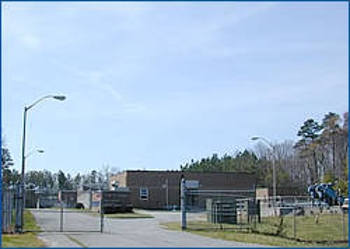Waste Water Treatment

Waste Water Treatment
Located in Maryland, Delmar's wastewater treatment was originally built in the mid-1980s, the plant was expanded in 2011 to treat 30 percent more wastewater than the old treatment facility, a total of 850,000 gallons of wastewater per day, meeting the capacity needs of Delmar now and into the future.
The facility employs cutting-edge clean water technologies that meet stringent pollution control limits set by the State of Maryland and the Chesapeake Bay 'pollution diet' or TMDL. Last year, EPA and the seven jurisdictions in the Chesapeake Bay Watershed put in place the TMDL. The TMDL, or Total Maximum Daily Load, is the maximum amount of a pollutant that a body of water can receive and still meet water quality standards that protect humans and aquatic life. The watershed's TMDL will substantially reduce nitrogen, phosphorus, and sediment pollution entering our streams and rivers flowing to the Bay, improving the health of the Chesapeake, our nation's largest estuary and one of strongest contributors to the region's economy.
The facility was upgraded to include the addition of biological and enhanced nutrient removal systems that effectively reduce pollutants - nitrogen and phosphorus loadings from entering the waterways that drain into the Chesapeake Bay. An outdated chlorine disinfection system was replaced with a new ultra violet (UV) disinfection system, reducing the hazards of chlorine to the public, the operators and the environment. Other upgrades include a state-of-the-art screen and grit removal system, new influent and effluent pumps that increase the reliability of plant operations, new waste activated return and sludge pumps, and a power backup generation system.
